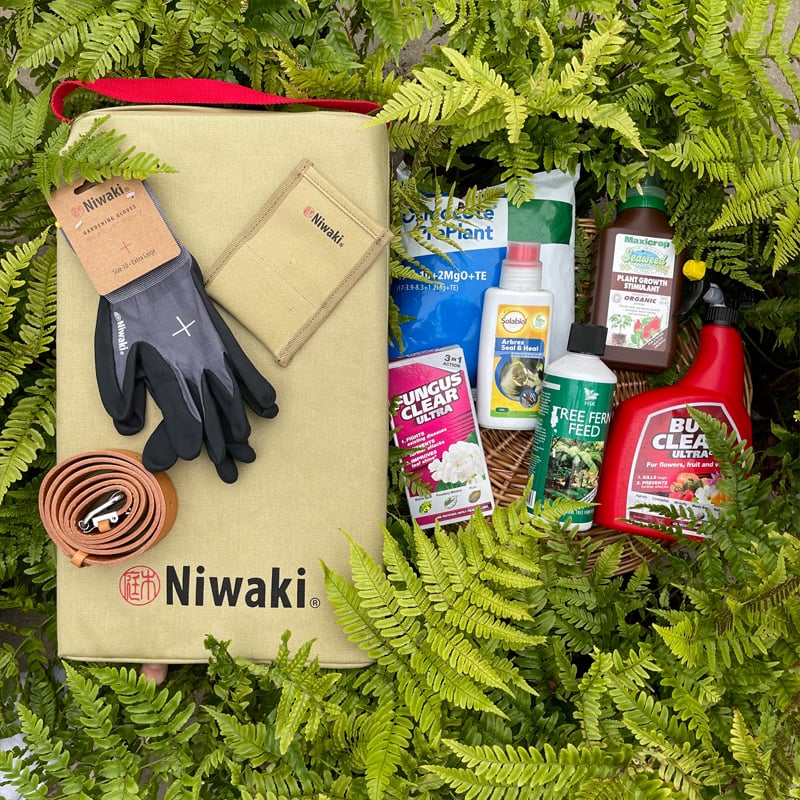Trochodendron aralioides
The loneliest plant I’ve ever come across. A single species (araliodes) in a single genus (Trochodendron) in a single family (Trochodendraceae). If you get plant taxonomy, you’ll understand that this is an almost unparalleled order of loneliness. Absolutely no surviving relatives whatsoever. It’s like your siblings, your parents, your aunties and uncles, your cousins (1st, 2nd, 3rd, 4th, 5th, 6th and 7th removed), your grandparents and your great grandparents have all died and left you on your own. If you don’t get plant taxonomy, move on to the next bit.
Don’t think we grow this just because we feel sorry for it. Certainly not. We love it. As you might expect, it’s a bit weird and unlike anything else. Evergreen, not sure whether it’s a tree or a shrub (calling it a shrub would be an insult – it’s a small shapely tree) with a well organised habit and green flowers the like of which you’ve never seen before or since. A well organised habit? Michael Hirsh once described the way it grew as itinerant. It reiterates itself. He may well have been right. It’s mathematical. One shoot crowned by five shoots of equal length and equally spaced from one another. Each of those shoots crowned by five shoots of equal length and equally spaced from one another. That’s what I mean by well organised. Needless to say, it doesn’t always work like that but careful removal of aberrant and alien shoots can allow this little tree to be a perfect mathematical model. The effect is a tree with a plump and rotund shape but layered – as if it’s been built up in storeys.
It’s very hardy, is found in China, some plants have shiny leaves but most have a dull green leaf, grow to about 15ft after 20 or more years and are unfussy about soil, sun or shade. Partial shade is probably best. As with most primitive plants (un-evolved for several millions of years), it’s remarkably un-prone to any pests or diseases. It’s learned to fend for itself.
Propagated by us from seed or cuttings. You can tell the ones from cuttings from the tree in the grounds of South Lodge Hotel in Sussex – the shiniest leaf on Trochodendron I’ve ever seen. Not that I’ve seen many – they’re very very rare even in cultivation.
There are both male and female plants, with the male flowers being purple and the female greenish. It could take several years to achieve maturity enough to flower.
N.B. When clipping several plants with the same tool, have a bucket containing a 5% bleach solution and swish your blades around for 30 seconds between plants to sterilise them. This will help avoid the chance of cross contamination of disease.
As with all woody plants, plant high, exposing as much of the taper at the base of the trunk as possible. Allowing soil to accumulate round the base of a tree can be fatal. Keep very well watered when first planted.












